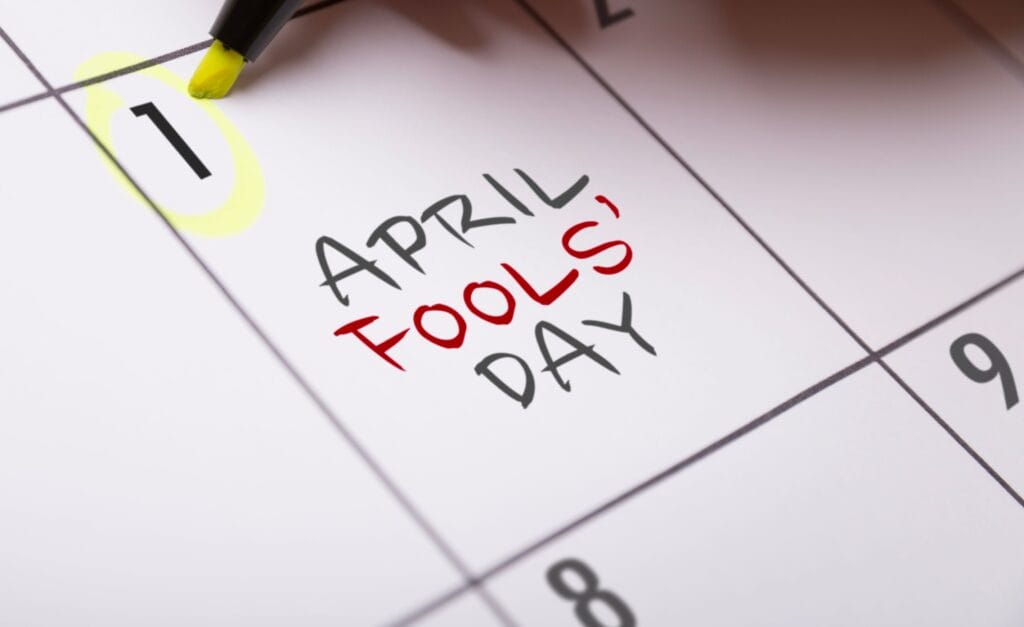April Fools’ Day: The History, Pranks, and Global Traditions

April 1st is a day of mischief, laughter, and (hopefully) harmless pranks. But where did April Fools’ Day come from? Why do people play tricks on each other every year? And how is it celebrated around the world? Let’s dive into the fascinating history and traditions of this playful holiday.
The Origins of April Fools’ Day
The exact origins of April Fools’ Day are shrouded in mystery, but historians have a few theories:
1. The Julian to Gregorian Calendar Switch
One popular theory traces the tradition back to 16th-century France. When King Charles IX adopted the Gregorian calendar in 1582, New Year’s Day moved from late March (around the spring equinox) to January 1st. However, some people either didn’t get the memo or refused to change, continuing to celebrate the new year in April. They were mocked as “April fools,” and pranksters played tricks on them—like sticking paper fish on their backs (a tradition still alive in France today).
2. Ancient Roman & Medieval Festivals
Some believe April Fools’ Day has roots in Roman festivals like Hilaria (a day of jokes and disguises) or the medieval Feast of Fools, where social norms were temporarily overturned in chaotic, humorous celebrations.
3. Springtime Shenanigans
Another theory suggests that April Fools’ Day is simply tied to springtime’s unpredictable weather, symbolizing nature “fooling” people with sudden changes.
Classic April Fools’ Pranks
Over the years, people have gotten increasingly creative with their pranks. Some of the most famous include:
How Different Countries Celebrate
April Fools’ Day isn’t just an Anglo-American tradition—it’s celebrated worldwide with unique twists:
France – “Poisson d’Avril” (April Fish) – Kids stick paper fish on people’s backs and yell, “Poisson d’Avril!”
Scotland – Two Days of Pranks – “Hunt the Gowk” (sending someone on a fake errand) on April 1st, followed by “Tailie Day” (pranks involving fake tails) on April 2nd.
Iran – “Sizdah Bedar” – On the 13th day of Persian New Year (around April 1st), Iranians play jokes as part of outdoor celebrations.
Spain & Latin America – “Día de los Santos Inocentes” (Dec 28) – Similar to April Fools’, but in December, with media hoaxes and pranks.
The Rules of April Fools’ Day
While pranking is fun, there are some unofficial rules:
Keep it harmless – No dangerous or mean-spirited jokes.
Reveal the joke by noon – In some cultures, pranks after midday bring bad luck.
Don’t fall for the same trick twice – If you’ve been fooled once, you’re immune!
Why Do We Love April Fools’ Day?
At its core, April Fools’ Day is about laughter, creativity, and breaking routines. In a world that often takes itself too seriously, it’s a day to embrace silliness—whether you’re the prankster or the victim.
What’s the best April Fools’ prank you’ve ever pulled (or fallen for)?